On the subject of monitoring and reporting, almost everything in the Monitor’s Report referred to developing strategies, frameworks, ‘additional measures’ to be implemented: to things that are going to be done, not things that have been done. Meanwhile, the burning program charges on: it’s like someone driving flat out along the highway at twice the speed limit, while a group of experts in the back seat try to figure out whether this is dangerous, or whether the engine might burn out.
We’ve put some giveaway passages in bold:
‘[The draft new annual reporting framework] is a comprehensive framework that also includes commentary on community engagement activities. Data will be presented in a simple, user-friendly format, which displays outcomes against performance indicators via a traffic light ratings system. The framework reviewed by the BRCIM was indicative and did not include actual data. Data will be incorporated in time for publication in the DEPI 2012-13 Annual Report on the Planned burning program.
‘The BRCIM notes the progress in the development of additional measures to ensure planned burning outcomes are captured and reported. It is, however, premature to comment on the efficacy of these initiatives until they are incorporated into the DEPI Annual Report on the Planned Burning Program as outlined in recommendation 57(a) above. The BRCIM will revisit action 57(b) in the 2014 Annual Report.

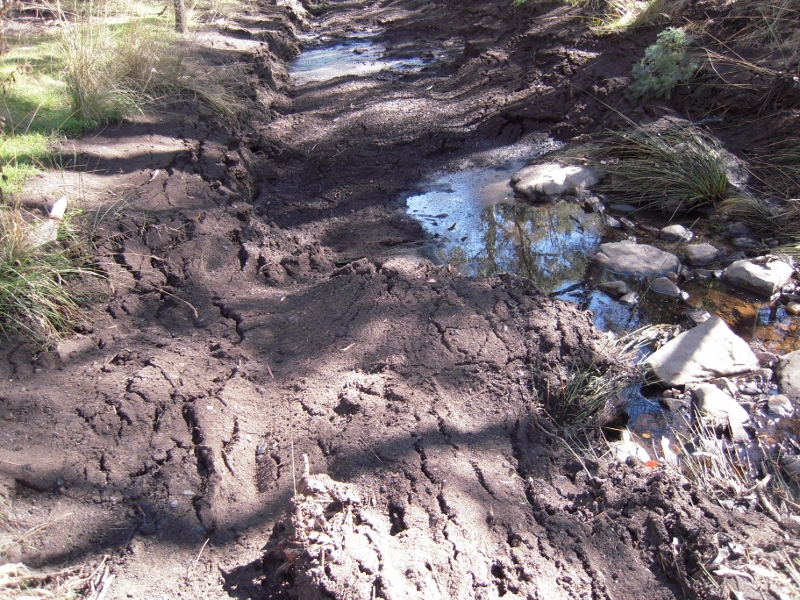
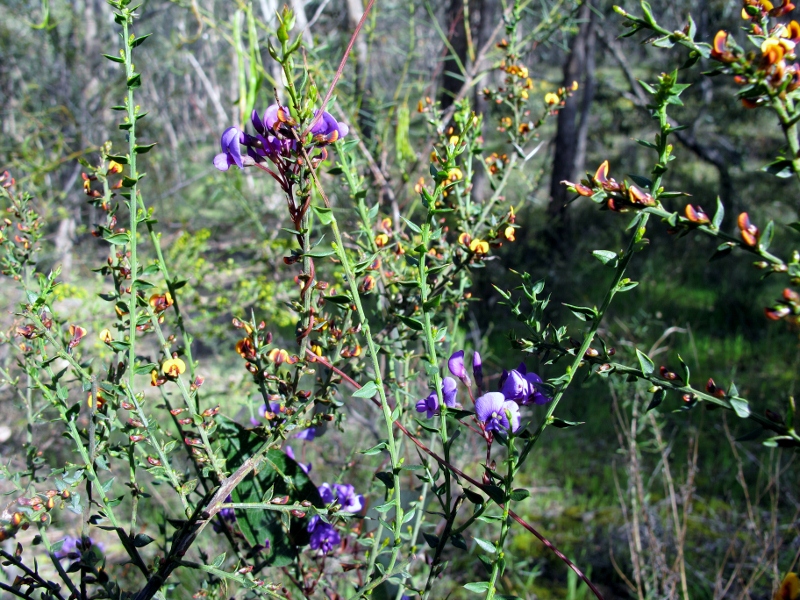
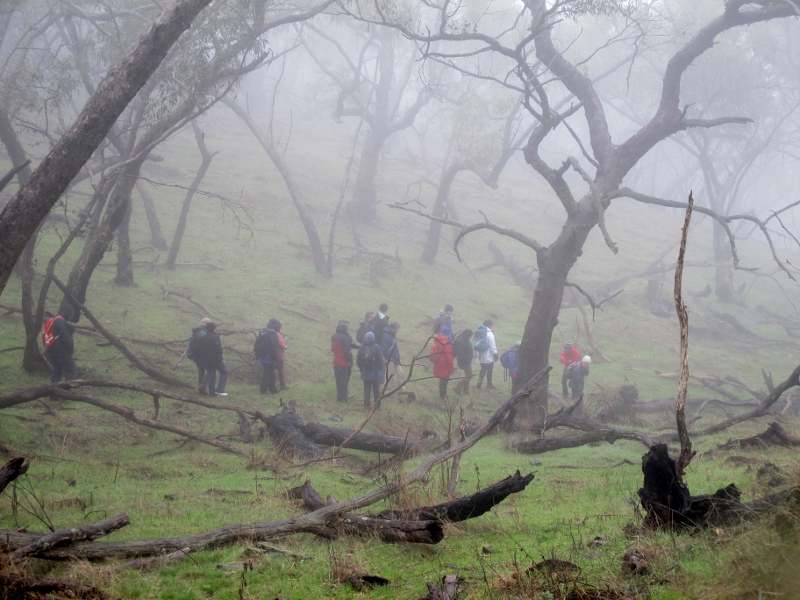
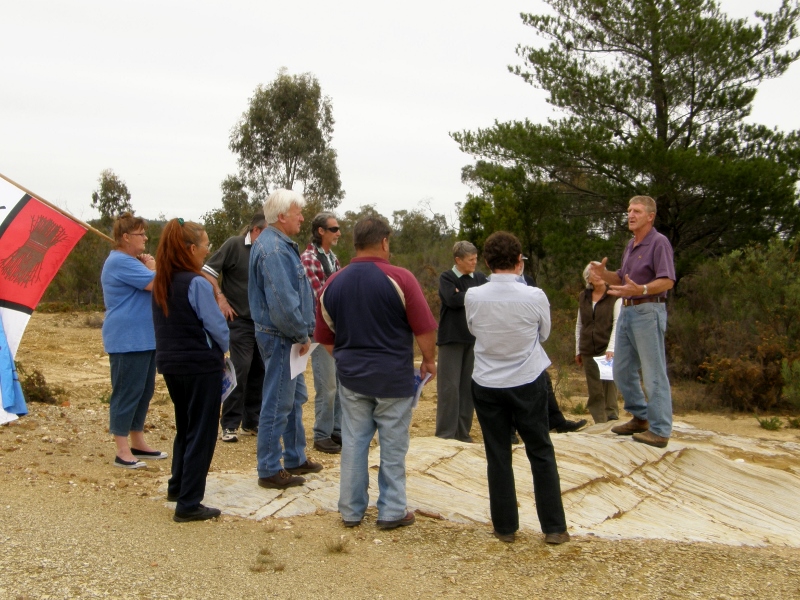
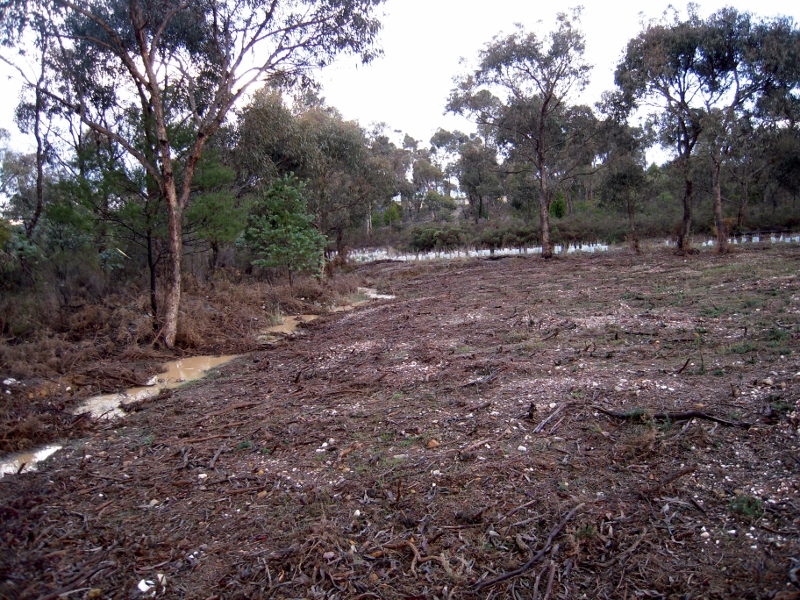
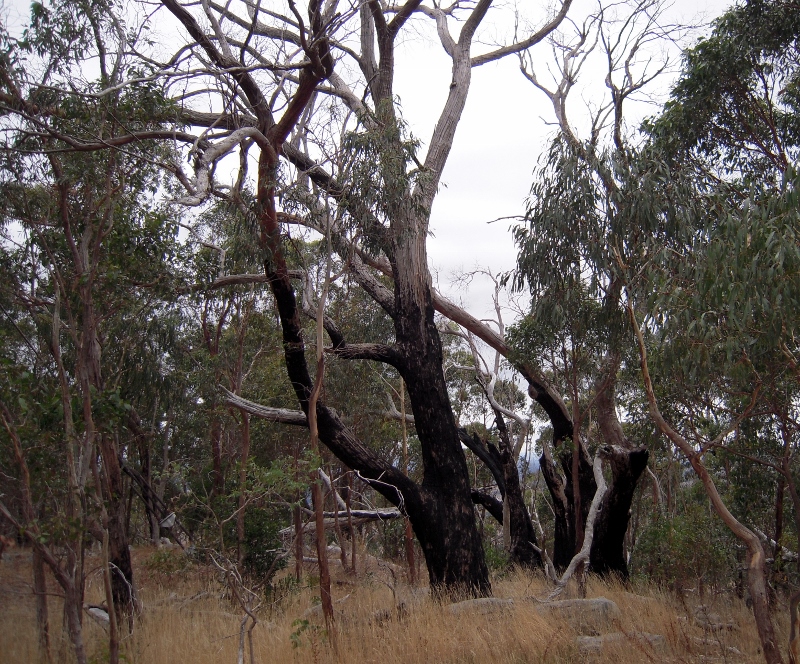
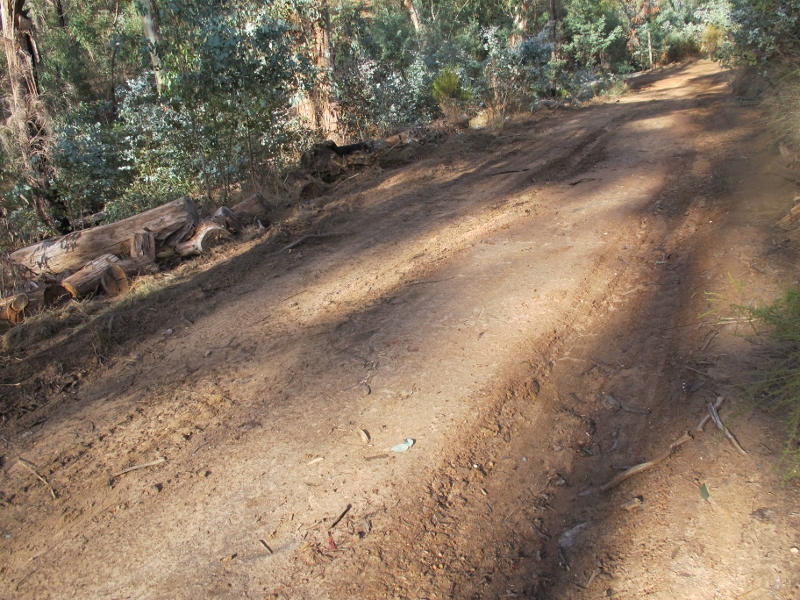



 Click on image for info/order page
Click on image for info/order page Click on image for info/order page
Click on image for info/order page Click on image for info/order page
Click on image for info/order page




















